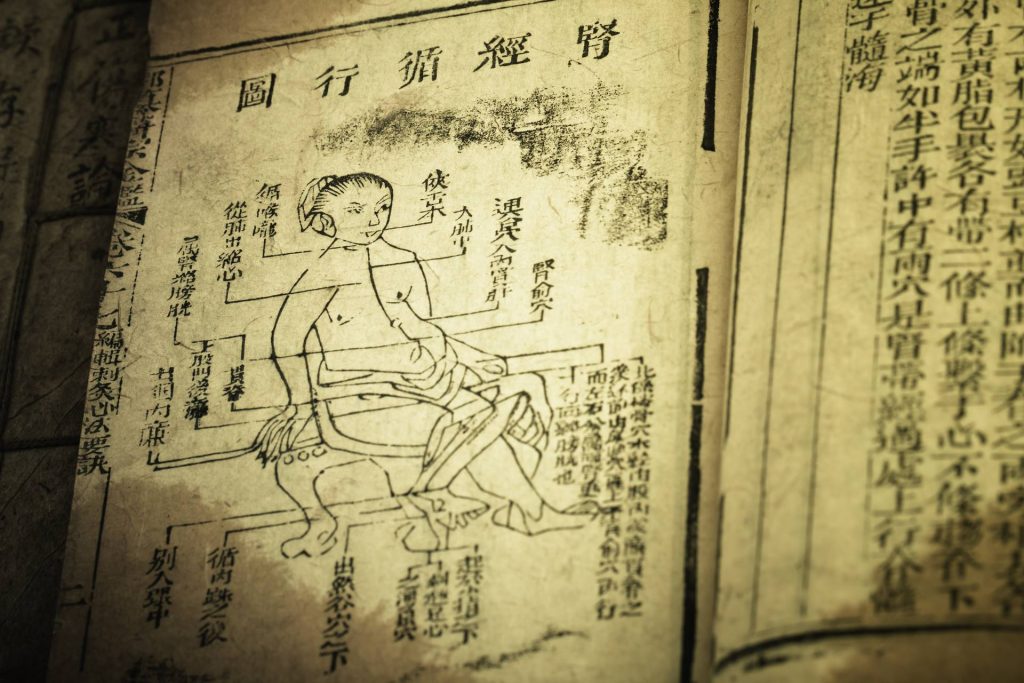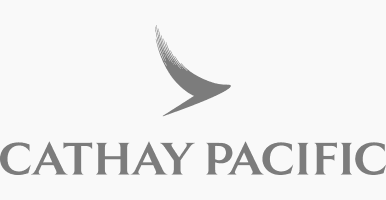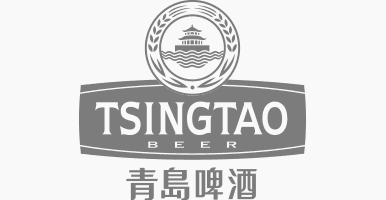Dating back thousands of years, many traditional Chinese medicines are still widely used across the nation to promote enduring health. Whilst some of the medicines are recognised across the continent in the western world, many others are largely unknown and unpracticed outside of China. Nonetheless, these therapy techniques have become a vital part of the country’s cultural traditions.
Derived from the philosophy of physical balance, Chinese medicines are focused on the the notion that Qi, otherwise known as the body’s vital energy, flows through the body on paths that connect major organs and bodily functions.

The traditional concept of complementary forces, the Yin and Yang, are believed to affect Qi – only when these two forces are in balance and at harmony with Qi can a person have optimal health.
 Additionally, medicinal practices in China are built upon the principle of the wu xing (‘five elements’), which breaks the universe down into five elements: wood, fire, earth, metal, and water. Each element within the wu xing relates to a pair of organs in the human body; in short, wood relates to the liver, fire to the heart, earth to the digestive system, metal to the lungs, and water to the kidneys. Therefore, certain therapy techniques are administered to target specific bodily ailments.
Additionally, medicinal practices in China are built upon the principle of the wu xing (‘five elements’), which breaks the universe down into five elements: wood, fire, earth, metal, and water. Each element within the wu xing relates to a pair of organs in the human body; in short, wood relates to the liver, fire to the heart, earth to the digestive system, metal to the lungs, and water to the kidneys. Therefore, certain therapy techniques are administered to target specific bodily ailments.
The Yellow Emperor’s Inner Canon
Widely regarded and respected as the most influential treatise in China for the past two millennia, the Yellow Emperor’s Inner Canon is an ancient Chinese medical text that explores the concepts of Qi and wu xing in depth. The multi-volume treatise documents the correlation between the functions of the human body and that of the physical world, implying a close relationship between the two.
Although it’s unclear where the ideas in this volume originated from, the Yellow Emperor’s Inner Canon has become the crux of medicinal beliefs and practices still exercised in China today by traditional practitioners. There are numerous therapies and practices that centre on Qi and wu xing, from the widely accepted practice of acupuncture to the lesser-known practice of Gua Sha.
Acupuncture

Commonly used for pain relief, acupuncture involves inserting needles into specific points of the body. The location of the needles depends entirely on the origin of the illness, although some acupuncturists will insert needles in both the ‘problem area’ and far away from the issue, to better treat the ailment. The practice is associated with the idea of unblocking or rebalancing the flow of Qi, and is believed to restore the balance between Yin and Yang, letting patients recover full health of the body and mind.
Moxibustion
Historically used to treat menstrual pain and certain digestive disorders, moxibustion is a therapy that involves burning a mugwort root known as moxa, which is made when the spongy herb Artimesia vulgaris is dried. By burning the herb and placing it near the pain points on the body, it is said that the smoke, pungent odor and warmth of the moxa invigorates the blood, stimulating the flow of Qi through the body. The therapy is often performed in conjunction with acupuncture, with the therapist choosing to heat the needles with mugwort before insertion.

Praise for the mugwort plant actually extends far beyond China’s waters though. The plant is used in cultures all over the world and widely recognised for its healing, heating and stimulating effects. It has featured in health tonics for female fertility, has been used to remedy cold weather-related illnesses, and is still used in many herbal remedies today.
Cupping
Practiced across various different continents for thousands of years, cupping isn’t clearly a Chinese invention, but it is widely accepted among traditional Chinese medicine. Coined as a reverse massage, cupping is performed by creating a vacuum on the skin using fire in a glass cup, and then pulling the fascia and muscle up into the cup. Ordinarily, the therapy is practiced with multiple cups placed on the patient’s back.

In China, cupping tends to be reserved for high Yang issues – the respiratory symptoms of bronchitis, coughs and colds are considered to show that there is too much Yang in the body. But, cupping is also used to relieve the sores of aches and pains within the body. The suction motion of cupping is believed to remove the excess Yang, allowing the balance of Yin and Yang to be restored. Although the therapy is not said to be discomforting, it can leave small circular bruise-like marks behind, since the method draws the blood to the surface of the skin.
Gua Sha
Sometimes referred to as scraping therapy, Gua Sha involves applying pressure along the pathway of Qi using a tool that scrapes across the skin. Tools such as a ceramic spoon, a shaped piece of rock or an animal bone are commonly used to perform the procedure. By stroking the tool across the skin, heat pathogens are released and stronger blood circulation is encouraged.

Unlike cupping, Gua Sha tends to be a painful experience and leaves more prominent bruising, but its primary purpose it to help relax the muscles and any tension within the body, relieving blood stagnation and promoting the flow of Qi. The process is most generally used to remedy colds and fevers, but can also help treat muscle pain.
Although traditional Chinese medicine takes on many shapes and forms, the one thing each therapy has in common is the aim to rebalance Yin and Yang and restore the flow of Qi within the body. Whilst some therapies still remain practiced across the East, many have taken a backseat ever since the 1800s when missionary doctors from the West went to the Qing Empire. These doctors shared the practices of western medicine, resulting later in Communist party officials banning certain ancient practices, citing them as ‘superstitious’ and ‘non-scientific’. Nevertheless, therapies such as acupuncture and Gua Sha will long be associated with traditional Chinese medicine and a part of the country’s culture.


